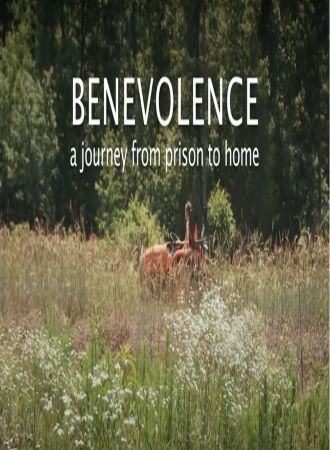
Benevolence: A Journey from Prison to Home 2018
Distributed by Perennial Films
Produced by Joanne Hershfield
Directed by Joanne Hershfield
DVD, 68 mins
College - General Adult
Prisons; Women’s Rights; Sociology; Documentaries
Date Entered: 10/30/2019
Reviewed by Brandon West, Social Sciences Librarian, State University of New York at GeneseoEach year 40,000 women are released from prison and 75% of them will return to prison within five years. Director Hershfield’s documentary identifies underlying barriers that contribute to recidivism, including the lack of stable housing, the inability to earn money, and the need to develop marketable job skills. She contextualizes these issues around the work of Benevolence Farm, a nonprofit organization that serves as a case study for providing meaningful transitional support to former female inmates. The documentary helps to compassionately tell the stories of women trying to improve their lives, which gives the audience room to reflect on the complexities of life after prison.
The film opens with a founder of Benevolence Farm attending a town board meeting to advocate for the program. It’s clear that many of the townspeople have many negative perceptions of prisoners, which exemplifies the need for transitional support programs. Following this scene, the documentary’s focus shifts to Missy, Keira, and Brooke, the first three residents of the Benevolence Farm. Each of these women explain what led them to prison, and then the documentary follows their lives as they work on the farm. These women are not portrayed as downtrodden souls; rather, they are shown to be proactive and hopeful for their futures. The narrative approach of the documentary allows the viewer to empathize with the women, making it easier to understand the plight of their situations. The documentary also captures the growing pains of the organization, as Missy and Keira leave the program early due to their needs not being fully met.p>
The film’s intent is laudable, and it helps the viewer contemplate flaws in the prison system and why female prisoners face greater obstacles. In this regard, the film is a useful pedagogical tool in the areas of sociology, social work, political science, law, and gender studies. The main issue with the film is the flow of the narrative at the beginning and end of the film. The issues raised by the town board are never revisited and two new residents are introduced late into the film, which comes across as an afterthought. This issue is relatively minor when considering the important message, the film delivers. This film is recommended for collections that support social science programs.